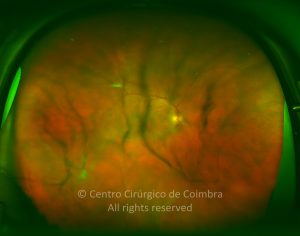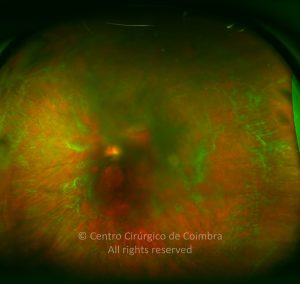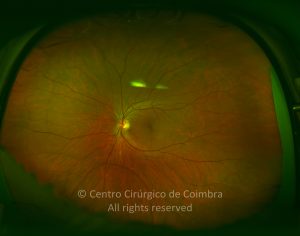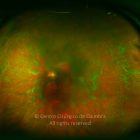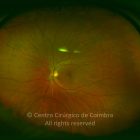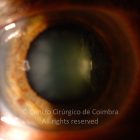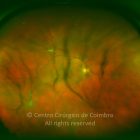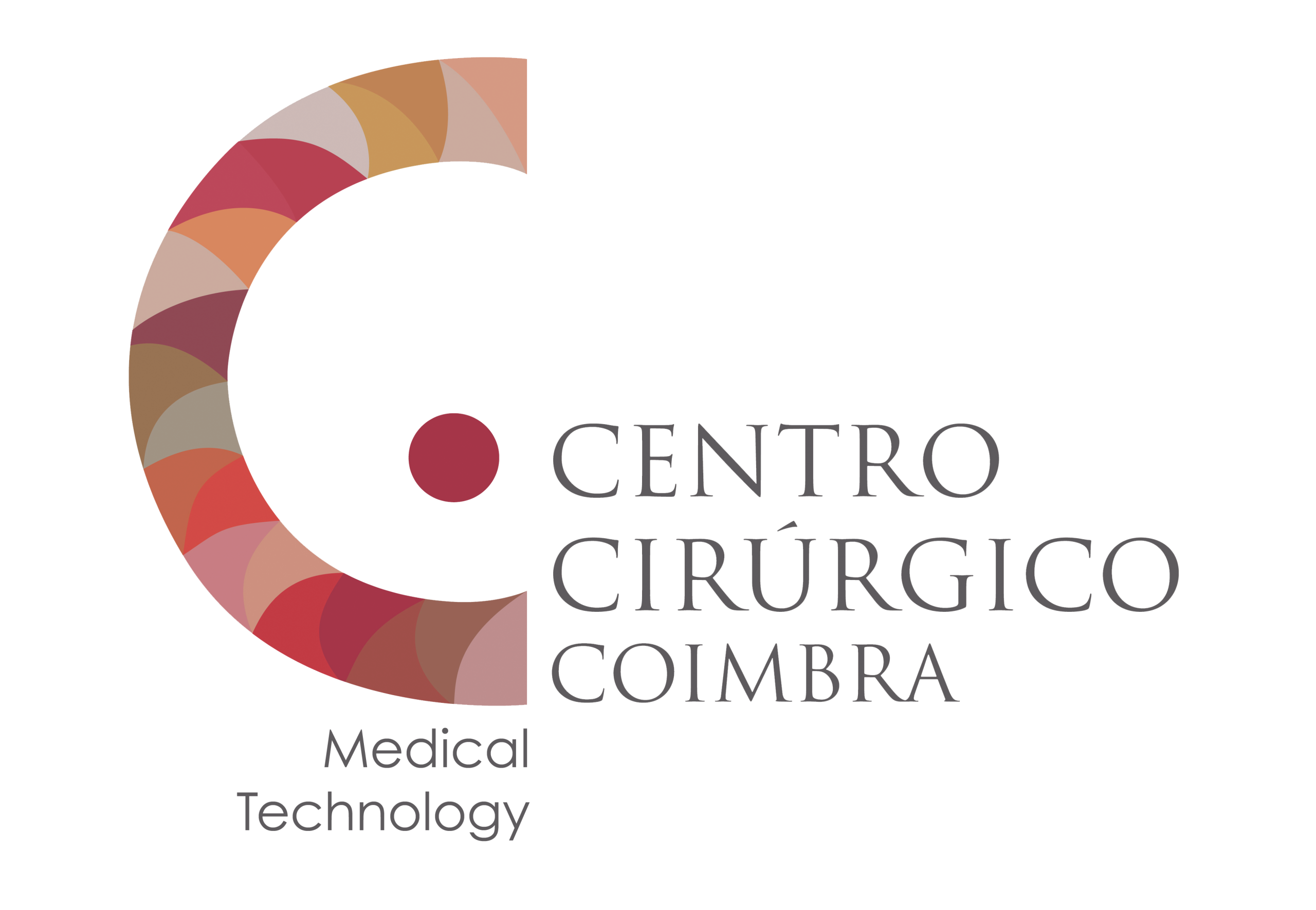Amiloidose refere-se a uma variedade de doenças caracterizadas pela deposição de proteínas amiloidóticas em vários órgãos e tecidos.
Amilóides são proteínas fibrilares condensadas insolúveis que adquirem uma conformação terciária, conhecido como folha beta-pregueada.
Os doentes com amiloidose podem ser divididos em três grupos: amiloidose familiar primária (AFP), polineuropatia amiloidótica familiar (PAF) e amiloidose secundária. Os casos de AFP e PAF estão associados a depósitos de amilóide no vítreo.
Na AFP depositam-se porções de cadeias de imunoglobulinas de cadeia longa (amiloide AL). A PAF está relacionada com mutações na proteína transtirretina (geralmente no locus 18q11.2-12.1), herdadas de modo autossómico dominante.
Os achados clínicos sistémicos incluem disfunção renal, cardiomiopatia e neuropatia periférica.
As manifestações oculares incluem equimose das pálpebras, proptose, paralisia ocular oftalmoplegia interna e queratite neuroparalítica. A deposição de amiloide nas áreas de escoamento do humor aquoso pode causar glaucoma. No segmento posterior podem observar-se opacidades “em lã-de-vidro” granulares, filamentos ligados à retina, depósitos granulares ao longo dos vasos da retina, oclusões vasculares da retina, manchas algodoadas, neovascularização da retina e neuropatia óptica compressiva.
Os sintomas, quando há envolvimento do vítreo, incluem floaters, diminuição da visão e, por vezes, diplopia.
Diagnóstico Diferencial
- Hialose asteroide
- Hemorragia antiga do vítreo
- Vitrite
Referências
Basic and Clinical Science Course – 2011-2012 – Section 12 – Retina and Vitreous, American Academy of Opthalmology
Basic and Clinical Science Course – 2011-2012 – Section 4 – Ophthalmic Pathology and Intraocular Tumors, American Academy of Opthalmology
Ola Sandgren, Ocular Amyloidosis, with Special Reference to the Hereditary Forms withVitreous Involvement, Surv Ophthalmol 40 (3) November-December 1995.





